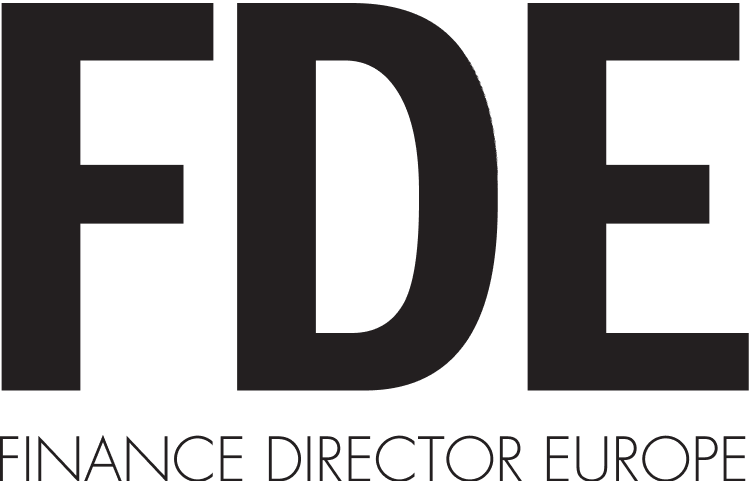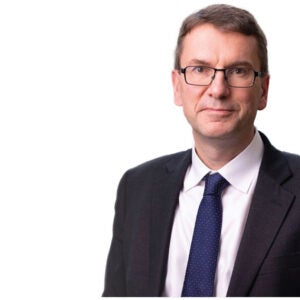
In the gap between promise and reality sits good process. Every CFO knows that having the right strategy – or indeed technology – means nothing if the execution is not right.
And, certainly, the temptation to adopt a Big Bang approach remains: global transformation processes launched simultaneously across the world in a blaze of excitement is an attractive prospect. Yet few big transformations benefit from that approach, as Hana Bísková points out.
A bigger bang?
“My advice would be don’t go with the ‘big bang’ – just try to do a fit gap analysis on your countries, choose the one that represents best the picture of the standard processes that you’re looking for, the blueprint, and go with that one; because that’s what you should be driving towards. And if you can make that successful, then you know what the other countries need in order to get there. And it’s really important that there is alignment between different departments on what they want to achieve.”
Once the finance team has come on-board with the project, Bísková’s role is to run a maturity assessment, to understand how ready the company’s processes are and where the first points of action should be.
“We have a set of high level questions for each of the sub-processes within order to cash that can categorise their level of maturity,” she explains. “That helps us identify the pain points that represent the low-hanging fruit that really can start the journey.”
Taking that approach can deliver solid initial impact and should help steer the next stage of the transformation project. “Those improvements tend to be seen first in working capital, but also in terms of customer and internal employee satisfaction,” Bísková says. “This is then where we can dedicate each teams’ time to go through each of the processes and create a comprehensive report, which will help formulate our recommendation.
Get the message out
Adriana Modan-Pavel, director of finance transformation at HighRadius, agrees that while there might be some sense of what the management wants to achieve, in many cases that’s not necessarily communicated well to the broader business.
“You sometimes have many cooks in the kitchen,” she says. “In some cases, you might have IT departments, and you will have cyber security teams involved as well, especially with the GDPR nowadays. You will have project managers and then you will have the operational teams.”
Each one of these teams, Modan-Pavel says, will try to drive their own targets. “So what I think is useful is that they all sit under the same umbrella and drive towards the same target, because otherwise things will inevitably derail.”
“My advice would be don’t go with the ‘big bang’ – just try to do a fit gap analysis on your countries, choose the one that represents best the picture of the standard processes that you’re looking for, the blueprint, and go with that one.”
Hana Bísková
Treating the symptoms
It’s certainly true, however, that some transformation projects can go off track and end up failing to deliver on the targets laid out at the beginning. Explaining why could fill a book, but Modan-Pavel, who has worked on a wide range of successful implementations, says a common mistake is for companies to go straight for quick wins while ignoring some of the structural issues that underpin the problem.
“In short, they treat the symptoms,” she says. “They don’t go to the root cause and that’s important when it comes to technology because these days, if we’re talking about automation, this can actually really help understand what the root cause is – not just the symptoms.”
By addressing the underlying processes and understanding where the exposures are, however, CFOs can take advantage of the opportunity to drill down into the data until they get to the root cause. “I think that’s also important and it’s a trick for the CFOs because they don’t have all the details: they see only high level,” adds Modan-Pavel. “But I think they should support themselves with these analytics and get to the root cause. In my experience it’s so important.”

For Rash Hullait, no project can deliver on its promise without the full sponsorship from key stakeholders – no matter how skilled a manager and strategist the CFO may be.
“While the CFO may be the driving force, ultimately, it’s also sponsorship for the number of key stakeholders that are going to be involved in that project and that involves technology, so you’re taking along the technology community as well as the CIO, the CSO and increasingly, the digital transformation vice president.”
Avoiding the black hole
The other area where projects can run into trouble is what Hullait calls the “black hole” of management. “By that we mean middle management: getting them on-board, incentivising them so that they understand the benefits that the technology will bring, explaining how you’ll land the technology and the programme and also the changes in terms of the ways of working – they are all crucial.
“Because ultimately that’s the layer that you need to be your facilitators of change.”
Indeed, as Hullait points out, a company can have the best tech in the world – but if those ingredients aren’t in place then there’s a good chance that the technology will not deliver what it’s supposed to.
“And as a consequence, your investment is going to be sub-optimal,” he adds. “In order to get the maximum return on your investments, it’s important to ensure that that element, that key enabler, is addressed up-front so you can flush out any issues and everybody is working to the same script.”
CASE STUDY
Danone
Global food giant Danone has a diverse customer segment of over 1,000 customers – from small corner shops to big-box retailers like Walmart. With a global presence, and geographically distributed operations, Danone had shared services for its A/R present across multiple business units.
Its decentralised system meant the receivables team faced three core challenges: increased process complexity with high volumes of short pays, high manual processing of deductions, and poor visibility in the collections process.
“We handle all the credit evaluation, cash application, collections, and deductions management within our shared services department in North America,” says Jacob Whetstone, director, credit and accounts receivable at Danone. “Most of these operations were processed in-house and had a high manual intervention.”
The key, then, was to streamline Danone’s processes and address the key challenges created by its legacy systems that had left Danone with a tangle of formats.
Indeed, the company had 24 different portals for remittance data aggregation since no remittance data for e-payments were provided by the bank.
“Initially when we would apply cash, we would have two screens, the first one would have the remittance data and the other would showcase the SAP-related data,” says Whetstone. “But for a lot of these payments we had to undergo multiple steps – not just look at the remittance, but also go to the portal and download documents, which was too time-consuming.”
Working with HighRadius on an AP automation transformation project Danone was able achieve:
- out-of-box engines for parsing remittance from multiple formats delivered 90%+ cash application automation in under 90 days
- automated short-payment reason code identification during cash application, increasing the speed of deduction resolution and recovery
- automated linking of claims, PODs, BOLs with the deduction case fast-tracked research, resolution, and recovery
- centralised view of deduction resolution status, which helped follow-up with sales, distribution or customers for timely resolution.
Ultimately, Danone was able to increase the visibility in its deductions process through smart automation. The deductions cloud provides visibility into the status of each deduction case and offers updates on the progress of every dispute case in the pipeline. This increased visibility in the process and automatic dispute resolution has helped Danone’s A/R team to reduce DDO by 25%.
“With HighRadius, everything is connected and we have a single source of truth,” says Whetstone. “They have always wanted to see us succeed as well and so we’ve had great success just partnering with them. This is what drove us towards HighRadius and got us where we are.”
Products
- cash application cloud
- collections cloud
- deductions cloud
- claims and POD automation.
Benefits
- 75% improvement in FTE productivity
- 95% straight-through automation of cash Application
- 25% reduction in DDO
- 75% increase in productivity.






